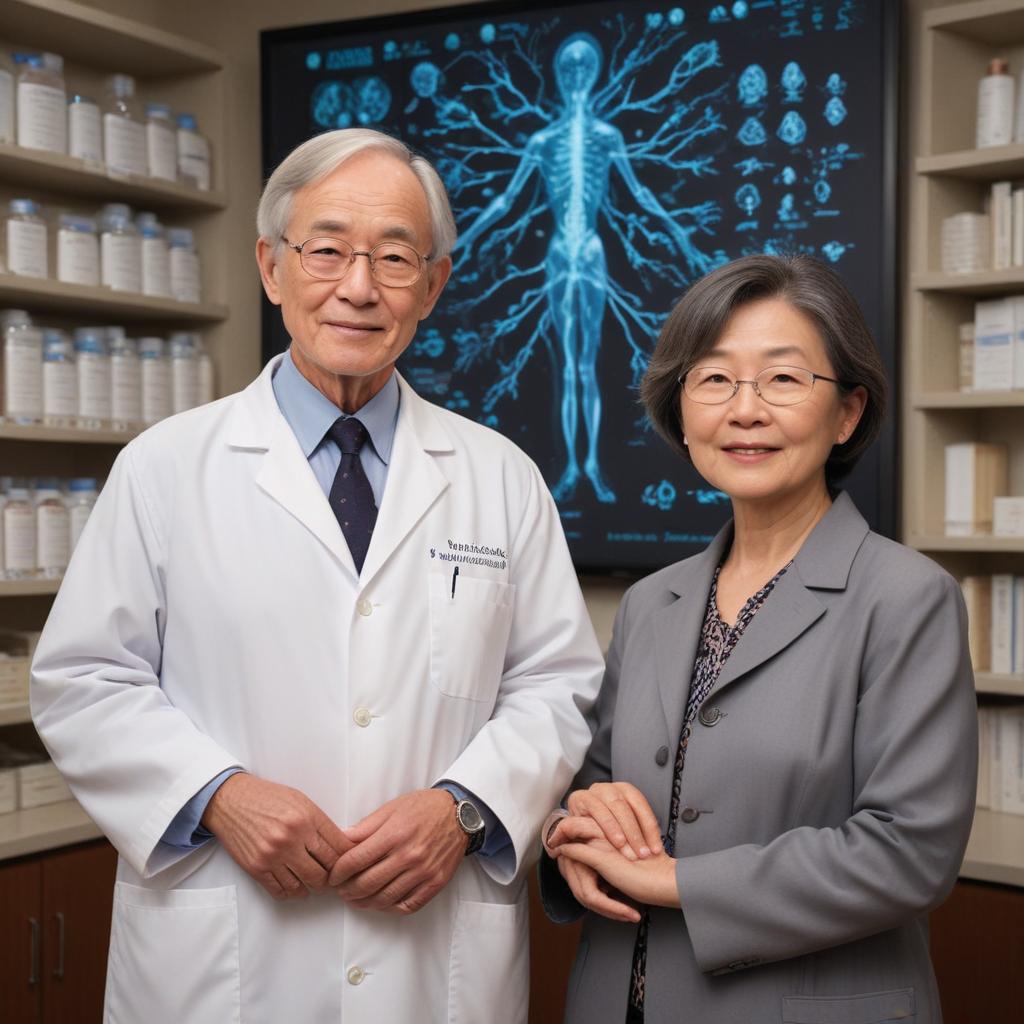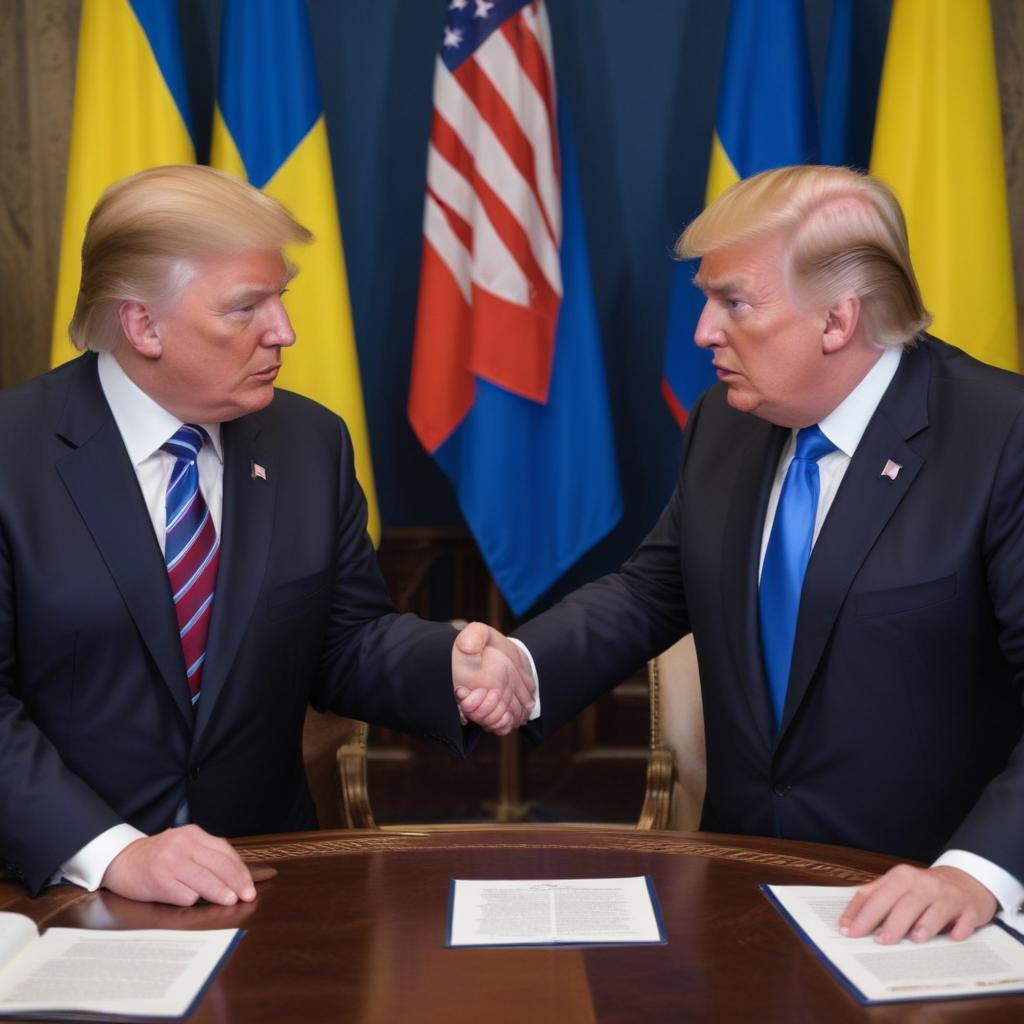Three scientists, Mary E. Brunkow, Fred Ramsdell, and Shimon Sakaguchi, won the Nobel Prize in medicine for their groundbreaking discoveries on how the immune system avoids attacking the body's own cells. Their work identified regulatory T cells and the Foxp3 gene, crucial for understanding and treating autoimmune diseases, improving transplants, and fighting cancer.
The 2025 Nobel Prize in Physiology or Medicine was awarded to Mary E. Brunkow, Fred Ramsdell, and Dr. Shimon Sakaguchi for their pivotal discoveries concerning peripheral immune tolerance. Their research illuminated how the immune system intelligently distinguishes between foreign invaders and the body's own tissues, preventing autoimmune diseases like Type 1 diabetes, rheumatoid arthritis, and lupus. Dr. Sakaguchi initiated this field by discovering regulatory T cells in 1995, a previously unknown T cell subtype capable of suppressing overreactive immune responses. Subsequently, in 2001, Brunkow and Ramsdell identified the Foxp3 gene as a key player, demonstrating how a mutation in this gene could lead to severe autoimmune conditions. Two years later, Sakaguchi connected these findings, showing that the Foxp3 gene controls the development and function of these crucial regulatory T cells. This collective work has fundamentally reshaped immunology, offering new avenues for developing treatments that could boost regulatory T cells to combat autoimmune diseases more effectively, enhance organ transplant success, and even strengthen the body's natural defense against cancer, moving beyond broad immune suppression therapies. The award was the first of the 2025 Nobel announcements, made by the Karolinska Institute in Stockholm.



